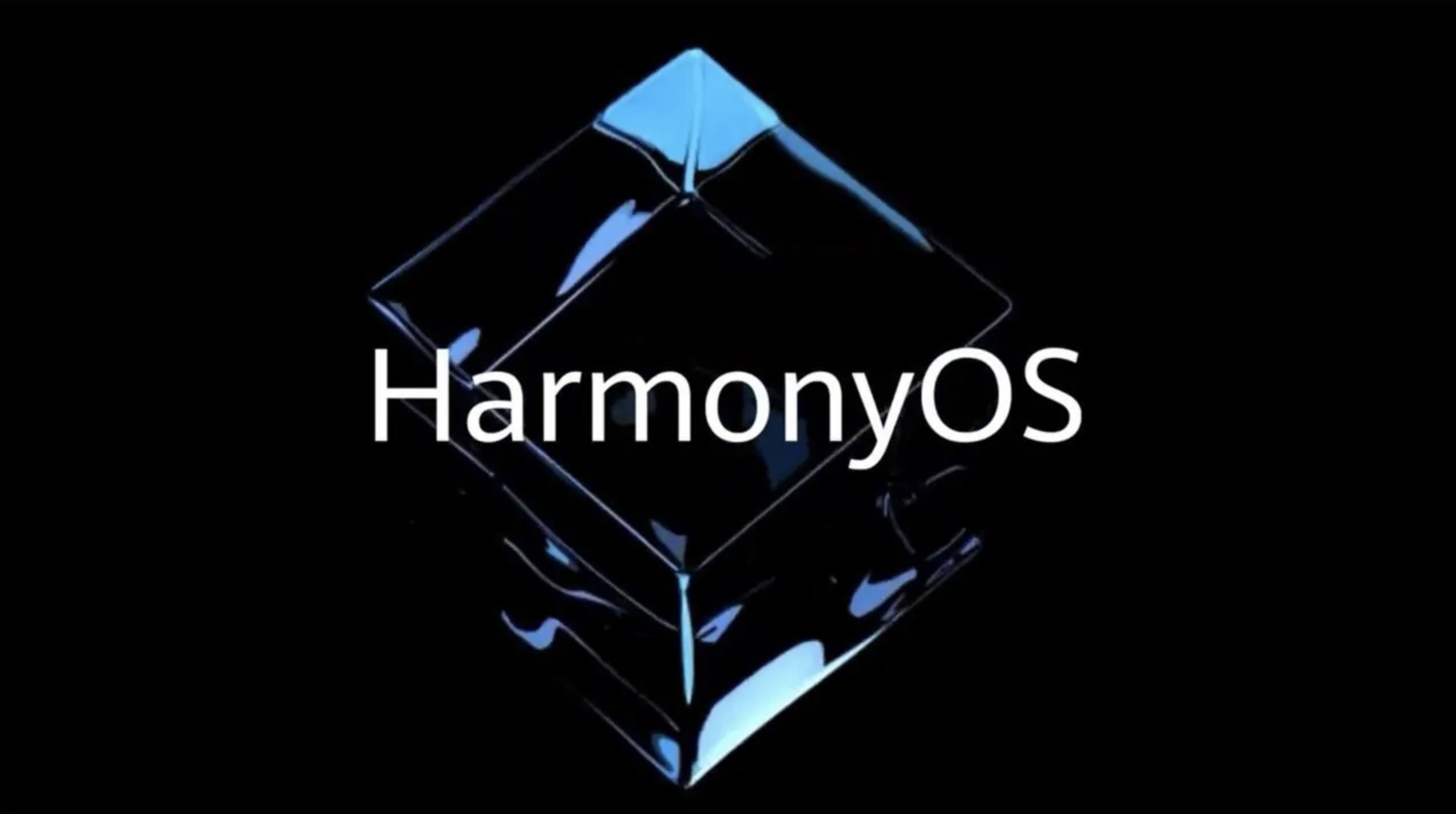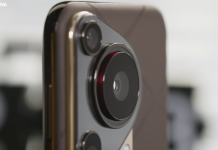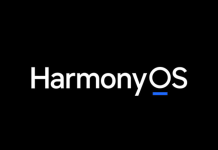With the US-China trade war still going on, Chinese tech giant Huawei is still in the Entity List of the United States, effectively banning the company from doing business with the US-based companies. Because of this, Huawei is banned from using Google apps and services on its devices.
The recently launched Huawei Mate 30 series is the first set of devices from the Chinese giant to come without support for Google’s apps and services. While there’s a possibility that Huawei will get back access to the services of Google, the company has already announced its backup plan — HarmonyOS.

A couple of months ago, Huawei officially launched its much-awaited HarmonyOS which is meant to be the replacement for Android. While the proprietary OS is currently designed for devices like smart TV’s, wearables and in-car entertainment, but it is now set to power smartphones as well.
As per the reports, the company is now getting ready to load HarmonyOS on existing devices with dual boot support along with Android. However, the report says that things are in the early stages and Huawei has yet to choose which devices will be first. Huawei CEO has already hinted that P40 series smartphones will run this new operating system.
Once the company dual boots the OS, performance and compatibility results will be key deciding factors in deciding if the users are interested in a Huawei smartphone with both operating systems available. This could be a bit confusing and complicated for the regular issue but it remains to be seen how this idea works out.
EDITOR’S PICK: Here is why Google’s newly launched flagship Pixel 4 and Pixel 4 XL smartphones are not launching in India
Recently, a new report from Counterpoint claimed that the market share of HarmonyOS will reach 2 percent globally next year, making it the world’s fifth largest operating system, surpassing Linux. It further points that the share of HongMeng OS in China will reach 0.1 percent by the end of this year and 5 percent by the end of next year.
HarmonyOS, announced earlier this year in August, can support a wide range of applications including Android, Linux, and HTML5 in the future. The new operating system uses Huawei’s ARK compiler and will support Kotlin, Java, Javascript, C, and C++ programming languages. It will also have a verified Trusted Execution Environment for a better connected security across multiple devices.
Huawei had said that it began working on this operating system back in 2017 and is currently in version 1.0 with Version 2.0 scheduled for launch next year and version 3.0 release is planned for the year 2021.
UP NEXT: Purported iQOO Lite (V1936A) AnTuTu listing reveal specs; Records 477K+ benchmarking scores
(Via)







